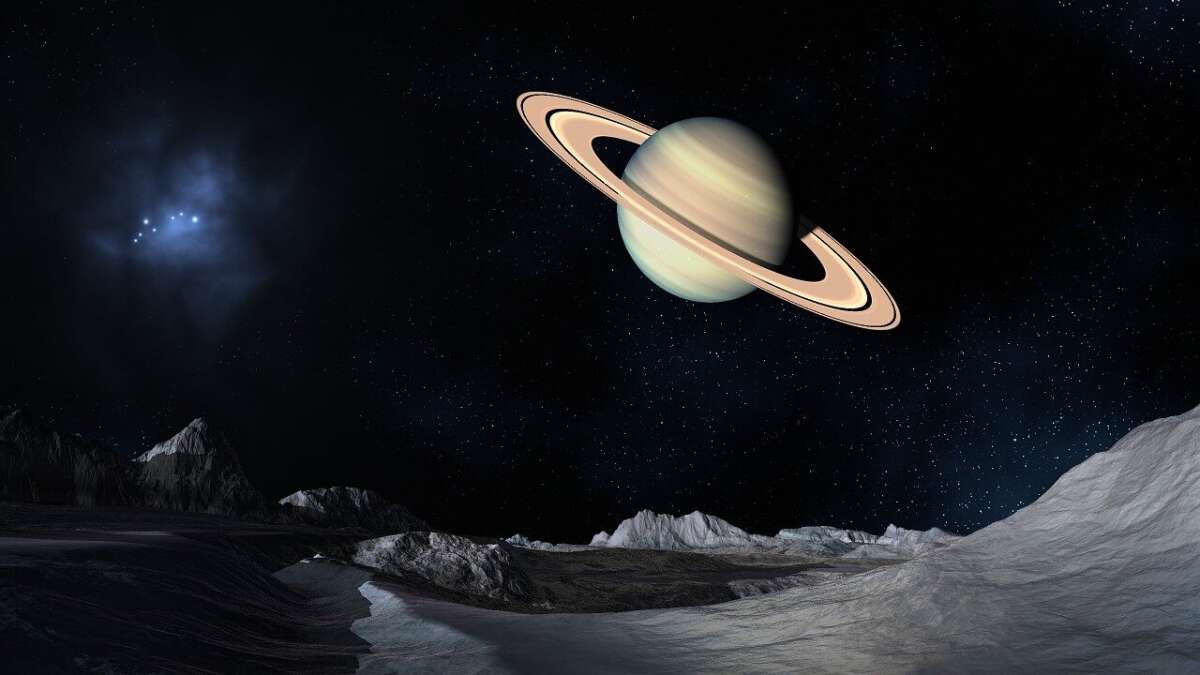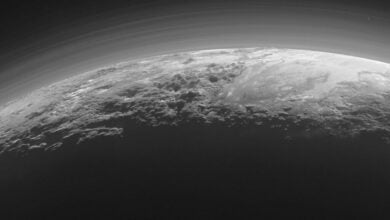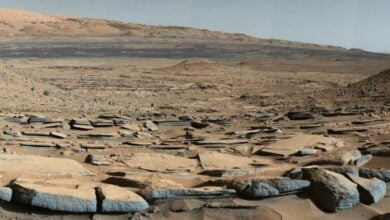
An ancient moon may be responsible for Saturn’s rings and axial tilt
(ORDO NEWS) — Astronomers have long suspected that Saturn’s tilt is due to gravitational interactions with its neighbor Neptune, as Saturn’s tilt precesses like a top at nearly the same rate as Neptune’s orbit.
But new simulations by MIT astronomers have shown that while the two planets may have once been in sync, Saturn was able to escape Neptune’s pull. What was responsible for this planetary realignment? The team has one carefully tested hypothesis: a missing moon.
In a study published in the journal Science, a team of researchers suggests that Saturn, which currently has 83 moons, once had an additional moon they named Chrysalis.
Scientists have concluded that Chrysalis has been orbiting Saturn for several billion years, pulling the planet in such a way that its tilt is in resonance with Neptune. Experts believe that Chrysalis was about the size of Iapetus, Saturn’s third largest moon.
Somewhere between 200 and 100 million years ago, Chrysalis’ orbit became chaotic. It survived a series of close encounters with Iapetus and Titan, and eventually got too close to Saturn and was torn apart by the impact. The loss of the moon was enough to take Saturn out of Neptune’s control and leave it at its current tilt.
The researchers also speculate that parts of Chrysalis remained suspended in orbit and eventually broke up into small chunks of ice that form the planet’s characteristic rings.
The missing moon could thus explain two long-standing mysteries: Saturn’s present-day tilt and the age of its rings, previously estimated at around 100 million years - much younger than the planet itself.
—
Online:
Contact us: [email protected]
Our Standards, Terms of Use: Standard Terms And Conditions.









